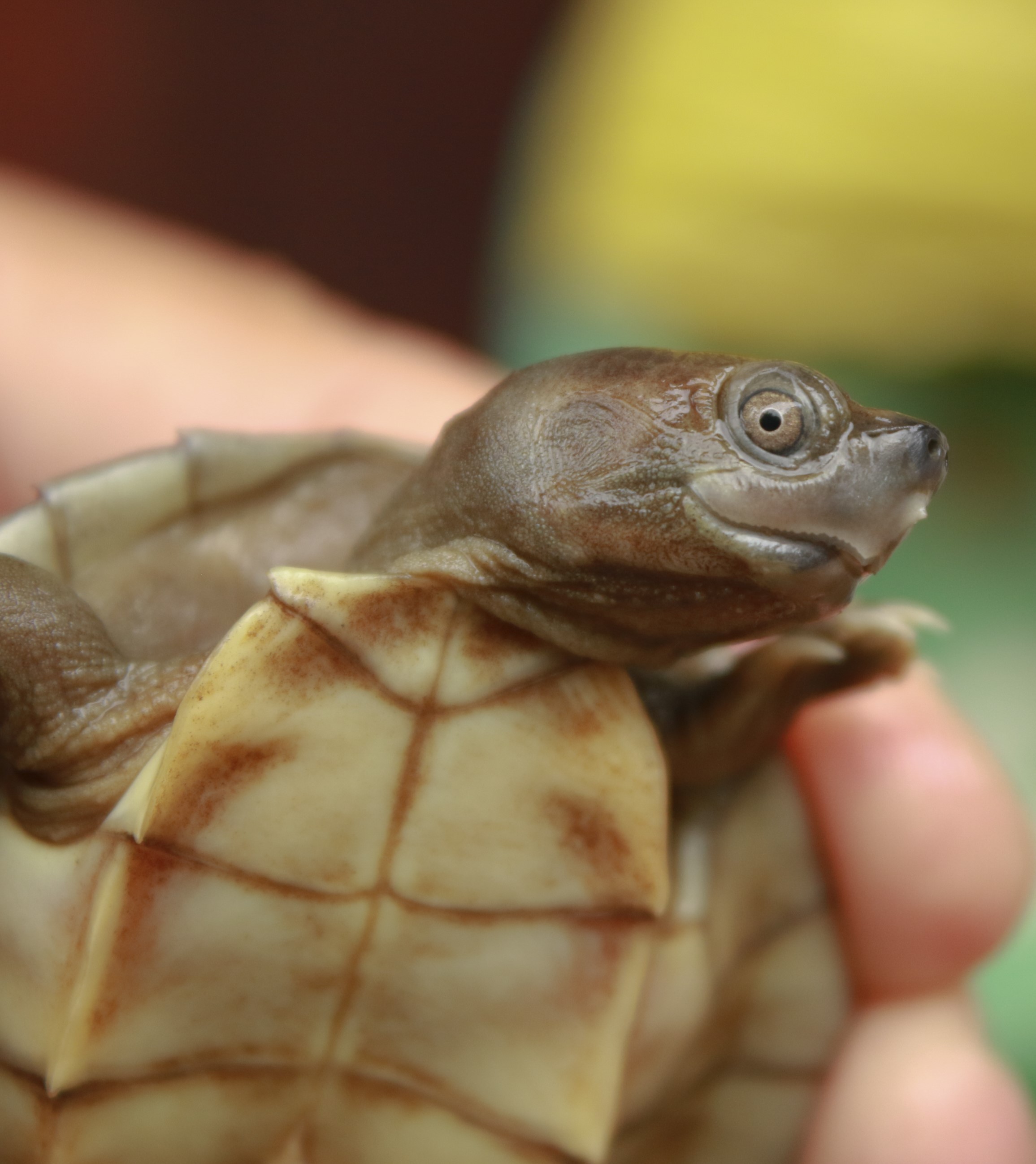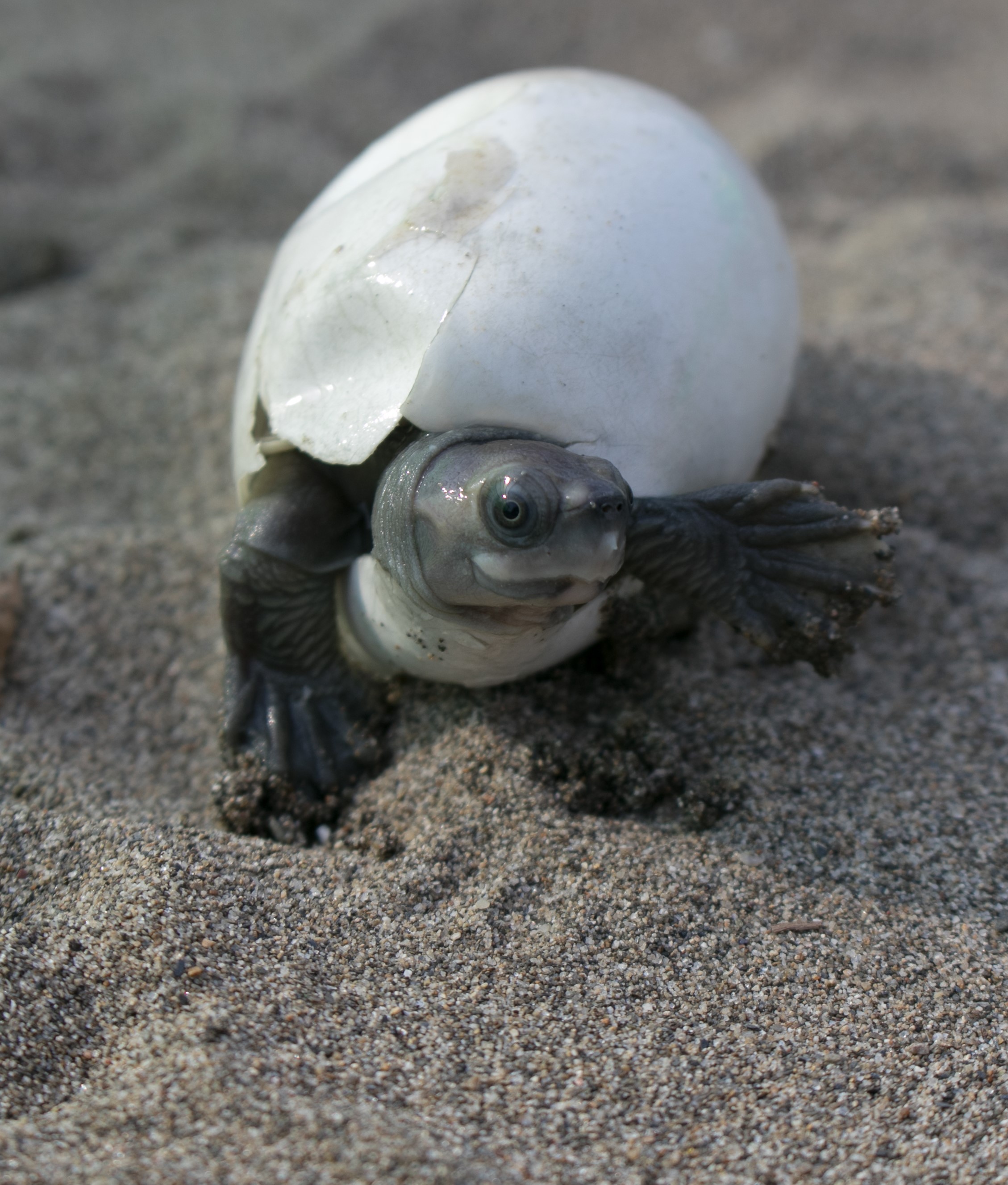‘Smiling’ Turtles Saved from Extinction in Myanmar
September 9, 2020Here’s a reason to smile: conservationists in Myanmar have successfully brought back one of the world’s most endangered turtles from the brink of extinction.
Feared lost until a specimen traced to a Chinese wildlife market came into the hands of an American turtle collector in the early 2000s, the Burmese roofed turtle (Batagur trivittata) is known for the charming shape of its mouth, which twists into a goofy, permanent grin.
But there is nothing funny about the turtle’s potential fate, and the serious effort to revive the population, one that spanned two decades along the Chindwin river in Myanmar’s remote Sagaing region.

The non-profit Wildlife Conservation Society (WCS) and the Turtle Survival Alliance (TSA) announced last week that the captive population of Burmese roofed turtles is now nearing 1,000.
Field surveys following the discovery of the specimen in the wildlife market led to sightings of the aquatic, herbivorous turtle in Myanmar.
According to WCS, unsustainable egg harvesting, accidental drowning in fishing gear, gold dredging and destruction of nesting habitat drove the turtles to near extinction.
Sagaing region has also long been affected by the illegal logging industry in Myanmar, though authorities have passed legislation in recent years to try and curtail it.
Today, artificial sand islands are used as nesting sites for female roofed turtles where their eggs are monitored, collected and incubated until they safely hatch. Eventually, the offspring will be released back into the Chindwin River.

The roofed turtle is one of several species from the turtle family in Myanmar facing threats from deforestation, human encroachment and the booming illegal wildlife market.
Myanmar sits at a zoological nexus between India, Bangladesh, China and Southeast Asia, according to Steven Platt, a herpetologist with WCS.
“It contains a wide diversity of ecological zones due to the fact that it stretches from the Himalayas in the north to the Irrawaddy Delta in the south. Because of this abundance of different habitat types, there is also an abundance of turtle diversity.”
In May this year, conservationists were happily surprised when isolated female turtles in the Chindwin River laid 19 eggs in which 14 were hatched. They attribute this to the release of 20 captive-reared young male turtles into the river in 2018.
Scientists are now able to describe the hatchlings of the cute baby turtles in a recently published study authored by Platt and colleagues.
